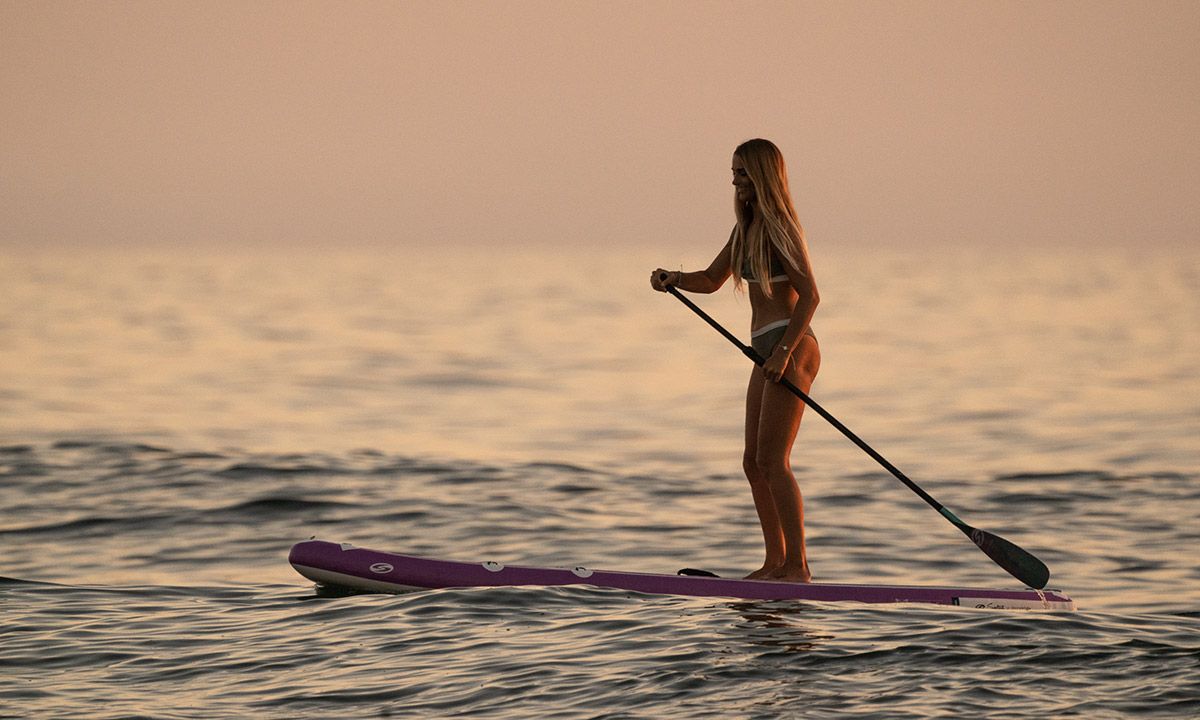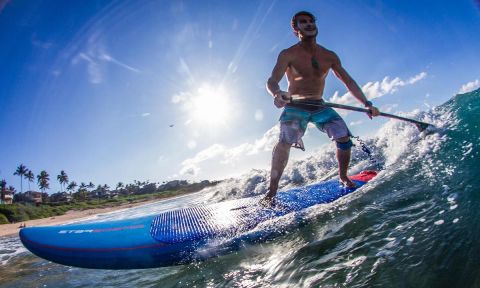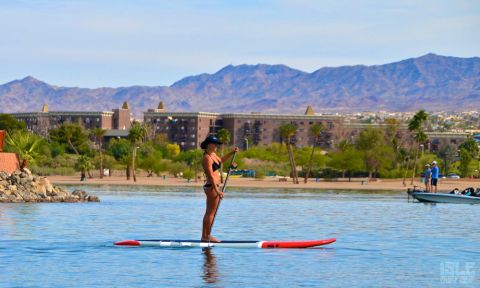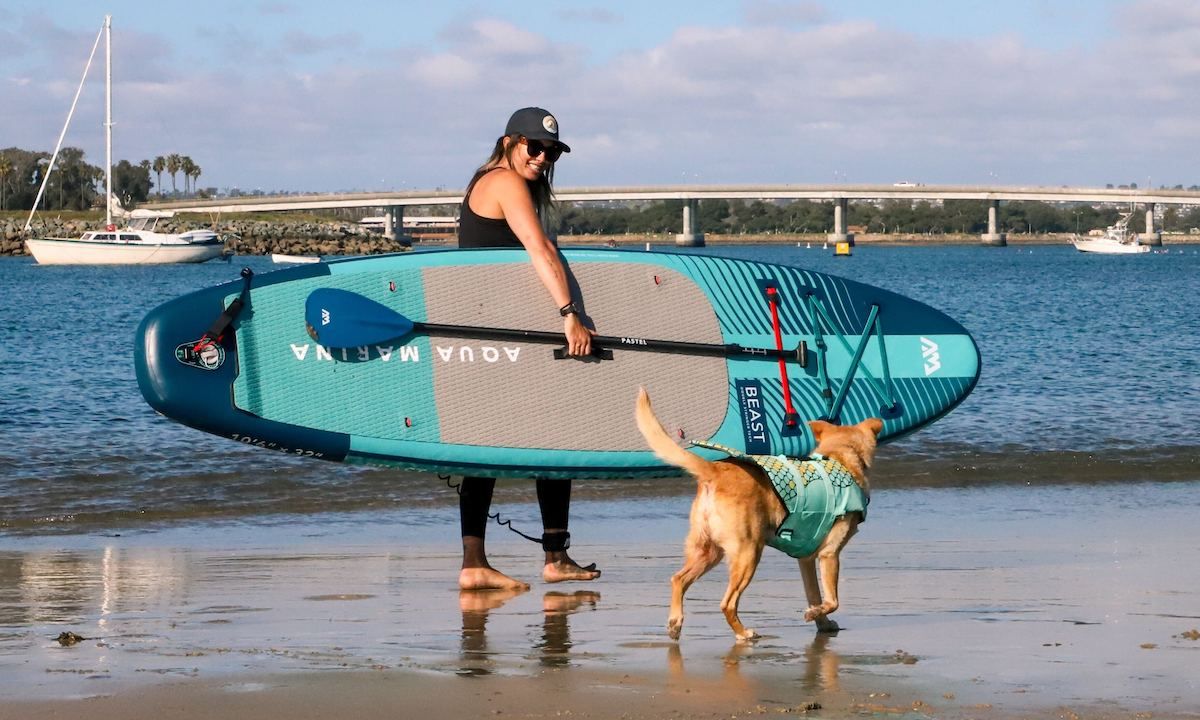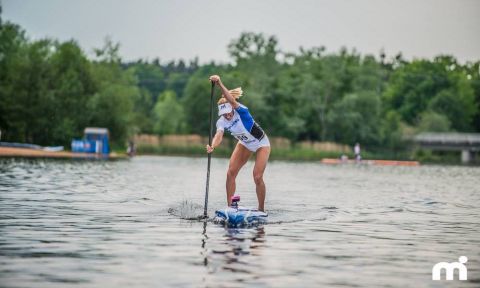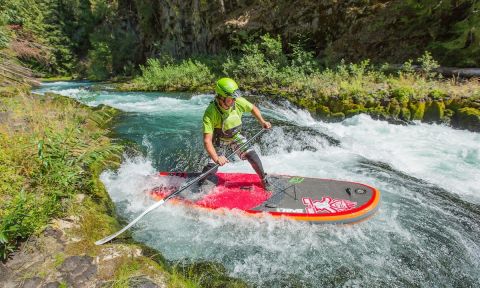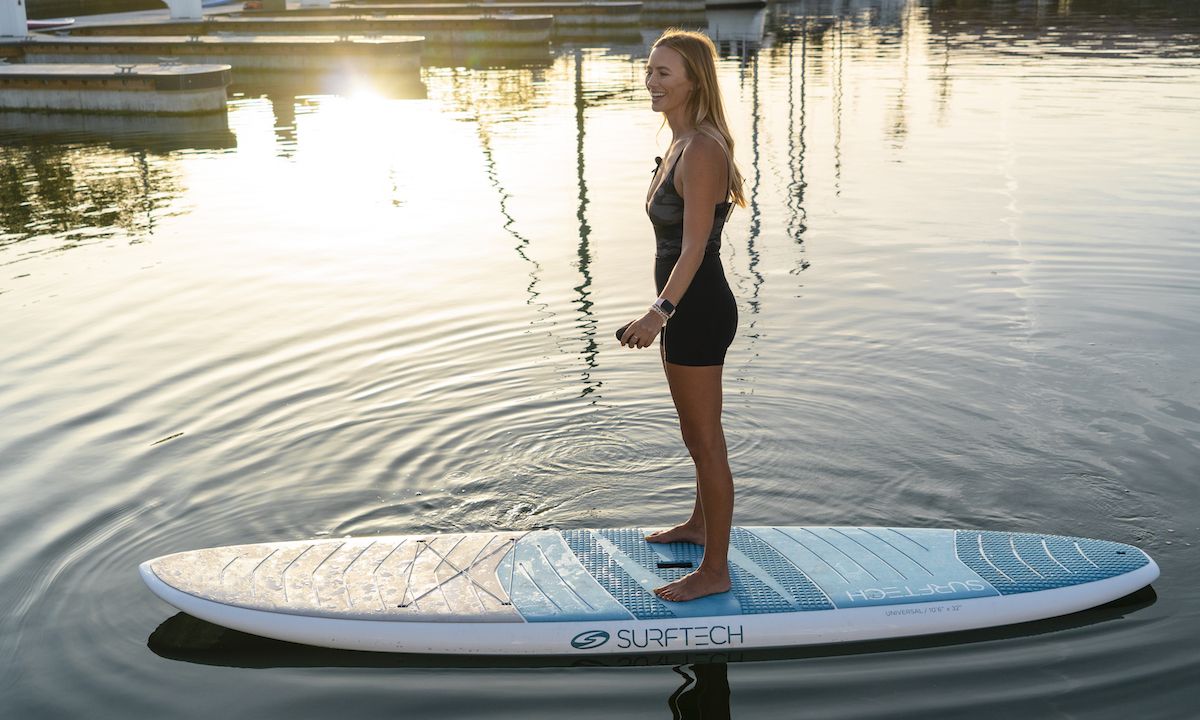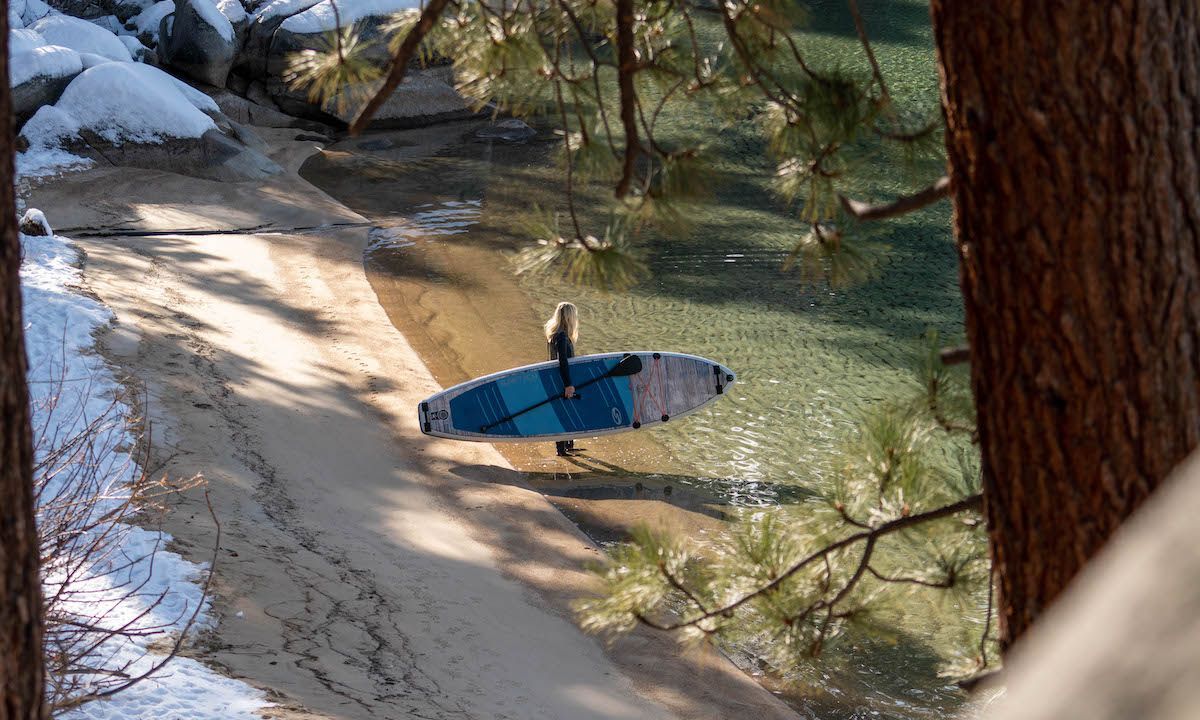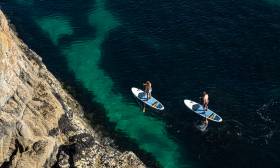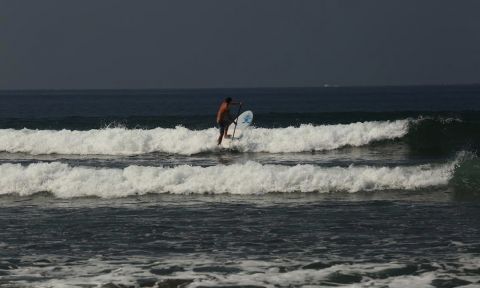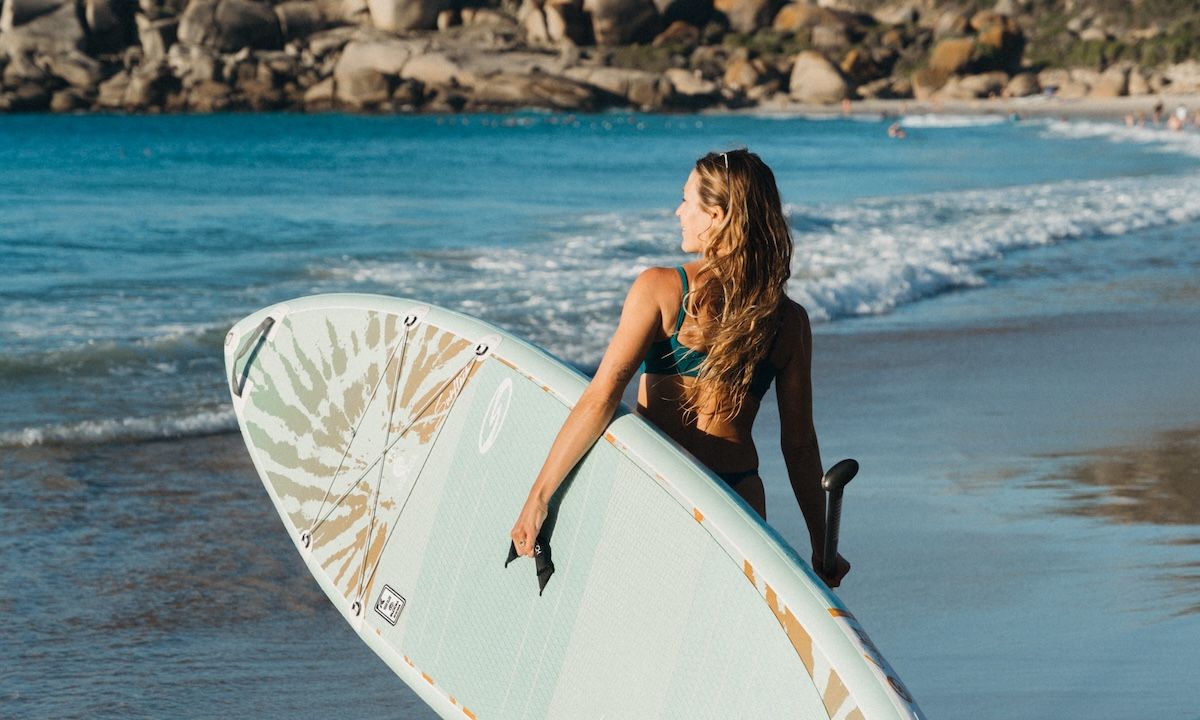How To Choose Your First SUP
Buying your first paddle board can be a challenge. Stand up paddle boards (SUP) aren’t cheap, and a first time buyer can quickly be overwhelmed by all of the options and variations that exist in the market place. Inflatable or hard board? What size should you get? Hull shape? Length? Materials? Price? The stuff one needs to learn seems to go on forever. Answering these basic questions will help you get the SUP that’s right for you.
- Published in Tips

